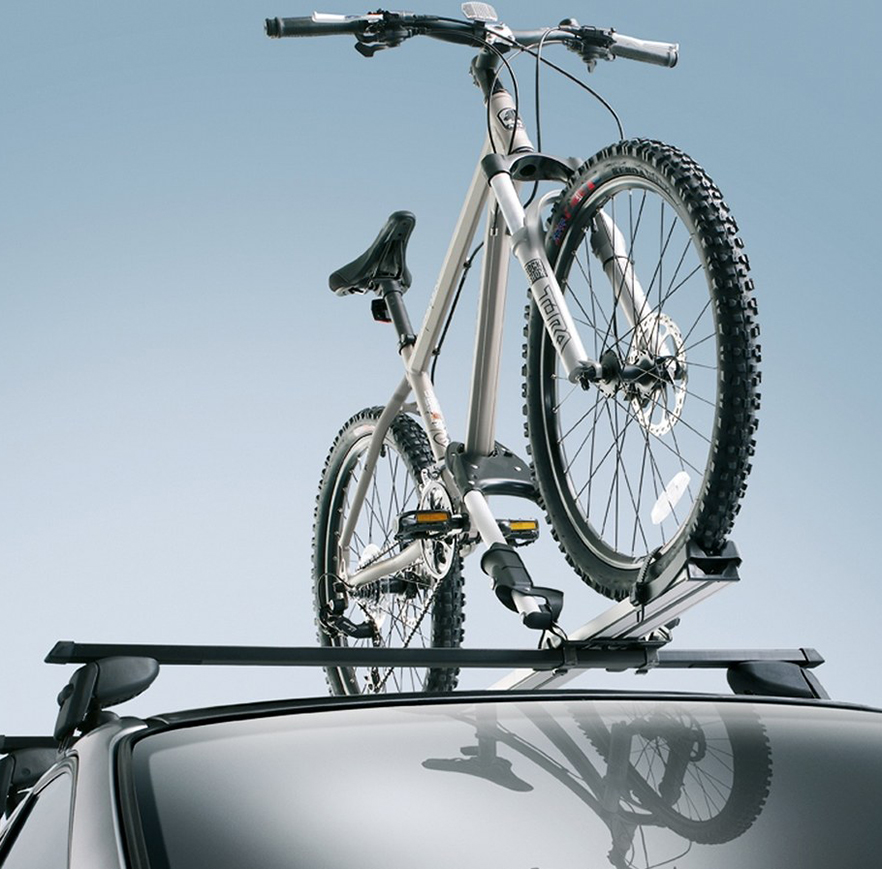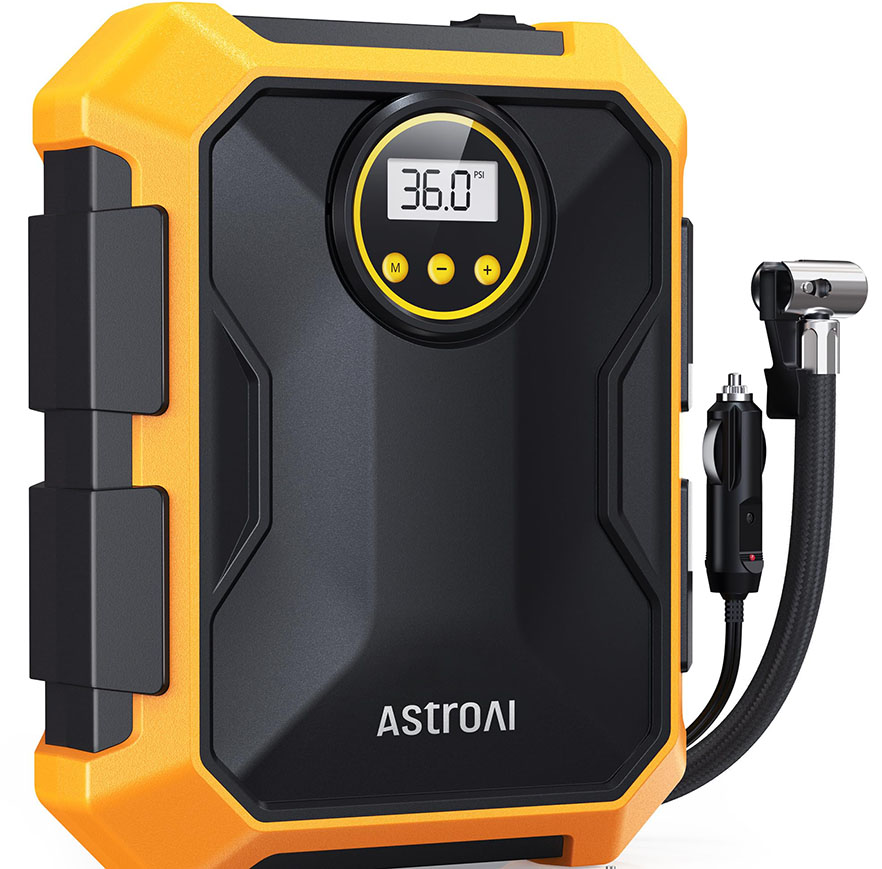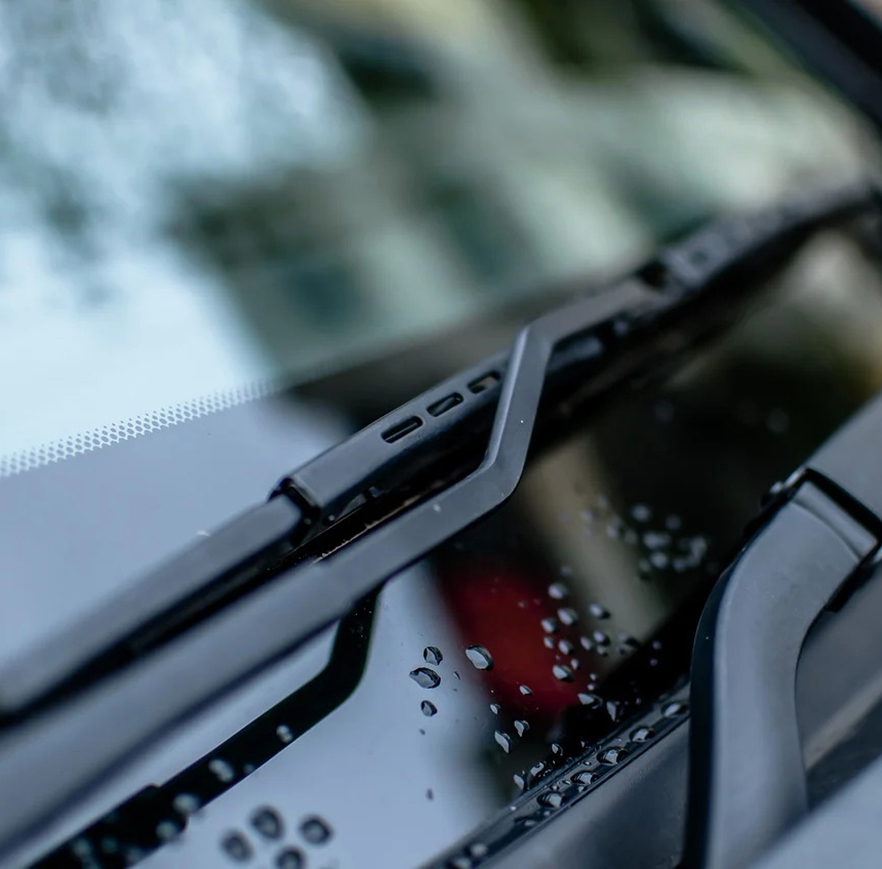When it comes to maximizing the storage capacity of your vehicle, roof bars, roof boxes, and bike racks are essential accessories. They provide convenient solutions for transporting bulky items, such as luggage, outdoor gear, and bicycles. We will explore the different options available and provide tips on how to choose the right car storage for your needs.
A Guide to Roof Bars

Roof bars, also referred to as roof racks or crossbars, are incredibly valuable accessories for expanding the cargo capacity of your vehicle. They provide a secure platform to attach a variety of carriers, from bike racks and kayak holders to cargo boxes and luggage bags. When deciding on the right roof bars, here are some fundamental aspects to consider:
- Vehicle Compatibility: The first and foremost factor to consider is the compatibility of the roof bars with your specific vehicle. This means they must match your car’s make, model, and year to ensure a perfect fit. A poorly fitted roof rack can damage your car or even become a safety hazard, so it’s crucial to get this right. Furthermore, the weight capacity of the roof bars should be taken into account. It’s crucial to ensure that they can safely support the load you intend to carry, which includes the weight of the cargo carrier itself along with your gear.
- Ease of Installation: Another important consideration is how easy it is to install and remove the roof bars. Some models may require specialized tools and a fair amount of time to set up, while others boast a tool-free installation system that is quick and user-friendly. Keep in mind, though, that even the easiest-to-install roof bars must be secured properly to prevent them from dislodging during your journey.
- Aerodynamics: The design of the roof bars can significantly affect the aerodynamics of your vehicle. Opt for aerodynamic roof bars to minimize wind noise and reduce the impact on fuel consumption. Traditional square or round bars may generate more wind noise and drag, whereas more modern, sleek designs, often made from aluminum, are quieter and more fuel-efficient. Features like integrated T-tracks not only allow for easy attachment of accessories but also enhance airflow over the bars, reducing drag and improving overall vehicle performance.
- Material and Durability: The materials used in the construction of the roof bars also matter. They need to be sturdy enough to withstand various weather conditions and the weight of your cargo. Typically, roof bars are made from steel or aluminum, both of which offer strength and durability. However, aluminum bars are lighter and resistant to rust, giving them an edge in terms of longevity.
- Locking Mechanisms: Some roof bars come with integrated locking mechanisms to secure your cargo and the bars themselves. This feature can provide an extra layer of security, especially when parking in public places or traveling long distances.
- Price: Lastly, you will need to consider your budget. The cost of roof bars can range significantly depending on the brand, quality, and additional features. It’s important to balance your needs with your budget, but remember that investing in quality roof bars can enhance safety and durability.
By considering these points, you can ensure that you choose the right roof bars that not only fit your vehicle but also meet your specific carrying needs.
Choose the Best Roof Box
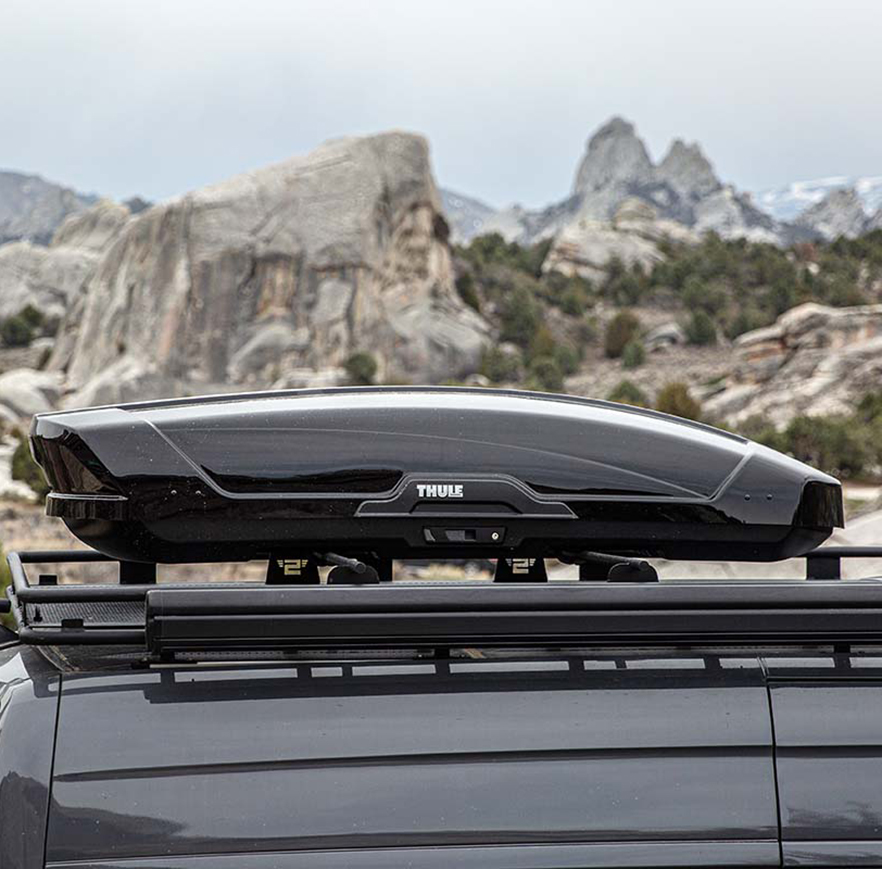
Roof boxes, also known as cargo boxes, are fantastic accessories for those who need additional storage space while on the road. They can hold a variety of items securely, from camping gear and sports equipment to suitcases and other luggage, keeping them safe from weather elements and freeing up valuable interior space in your vehicle. Here are some key considerations to help you choose the best roof box:
- Size and Capacity: The size and capacity of the roof box are critical considerations. First, think about your storage requirements – what kind of items you’re planning to store, their sizes, and weights. This will help you determine the length, width, and height of the box you need. Remember to also consider the weight capacity of the box, and ensure it can comfortably accommodate your belongings without exceeding the roof load limit of your vehicle. Additionally, consider the box’s external dimensions to ensure it won’t obstruct your view or interfere with the car’s functionality, such as opening the trunk or sunroof.
- Opening Mechanism: Roof boxes can either open from one side (single-side) or both sides (dual-side). A single-side opening box can be sufficient if you’re generally loading and unloading from one side. However, a dual-side opening roof box provides more flexibility and ease of access, allowing you to load and unload items from either side of the vehicle. This can be particularly useful in tight parking spaces or for families with lots of gear.
- Security Features: Safety is paramount when it comes to storing your belongings in a roof box. Therefore, opt for models that offer robust locking systems to deter theft. Some roof boxes come with integrated locks that secure the lid to the base, while others may have additional points where you can use padlocks for extra security. It’s also beneficial to choose a model that can only be unlocked with the key removed, ensuring that you can’t accidentally leave it unlocked.
- Material and Durability: Roof boxes are exposed to various weather conditions, including sun, rain, wind, and snow. Therefore, it’s important to choose a roof box made from durable, weather-resistant materials like ABS plastic or polypropylene. These materials are not only tough but also lightweight, which helps maintain fuel efficiency.
- Aerodynamics: The design of the roof box can affect your vehicle’s fuel consumption. Sleek, aerodynamic designs help to reduce wind resistance, leading to lower fuel consumption and less wind noise. Look for roof boxes with a streamlined shape and smooth surface.
- Ease of Installation: Consider the mounting system of the roof box. Some boxes can be easily attached to the roof bars with a simple clamping system, while others may require more complex assembly. A box that is easy to mount and dismount will save you time and effort.
- Price: Finally, consider your budget. While it’s important to get a roof box that meets your needs, the cost can vary significantly depending on the size, brand, and features. Compare different models and prices, and remember that investing in a high-quality, durable roof box can save you money in the long run by avoiding frequent replacements.
Pick Your Bike Rack
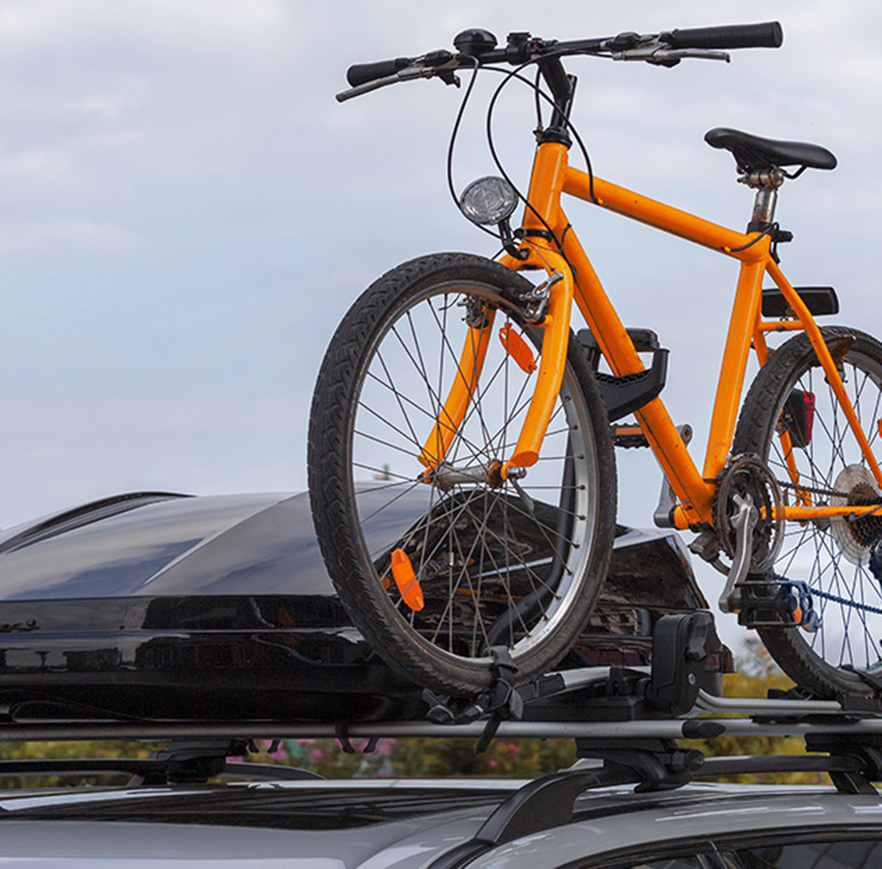
Bike rack is an invaluable accessory that allows you to take your bike with you wherever you go. It can securely transport your bikes to your desired cycling locations, whether it’s a local trail, a cityscape, or a distant mountain path. Here are some important aspects to consider when choosing the right bike rack:
- Type of Bike Rack: Bike racks come in several types, each with its own advantages and considerations. Roof-mounted racks attach to your vehicle’s roof bars and hold bikes upright. They don’t obstruct rear access to your vehicle, but loading bikes can be a challenge due to height, and they can also increase wind resistance. Rear-mounted racks or trunk racks attach to the back of your vehicle. They are generally easier to use and more accessible, but they can limit access to your trunk. Towbar or hitch-mounted racks attach to your vehicle’s towbar or hitch receiver, offering a good balance between ease of loading and rear access. The right type for you will depend on your vehicle’s design, your physical strength and height, and your personal preference in loading and unloading bikes.
- Bike Capacity: Consider the number of bikes you need to transport regularly. Bike racks can accommodate a range of bike numbers, from one to several. Remember, it’s not just about the number of bikes but also about their size and weight, as these factors will affect the rack’s capacity.
- Stability and Security: Bike racks should provide a stable and secure platform for your bikes during transit. Adjustable straps and cradles can help to securely hold bikes in place and accommodate different bike sizes and styles. For additional peace of mind, look for bike racks with integrated locking systems that secure your bikes to the rack and the rack to your vehicle. Anti-sway mechanisms or padding can also be beneficial to prevent bikes from swaying or bumping into each other and causing damage during transit.
- Ease of Installation and Removal: Some bike racks are easier to install and remove than others. Check whether the rack requires tools for installation, or if it uses a tool-free attachment system. A rack that’s easy to install and remove will save you time and make it more convenient to use.
- Protection for Vehicle: It’s also important to consider how the bike rack might impact your vehicle. Look for features like rubber or foam padding that can protect your vehicle’s surface from scratches and dings.
- Bike Compatibility: Ensure the bike rack is compatible with your bike(s). Not all racks accommodate all types of bikes. For instance, some might not fit fat bikes, kids’ bikes, or bikes with non-traditional frames.
- Price: Bike racks can vary significantly in price based on their type, material, brand, and special features. Set a budget for your purchase and consider which features are most important to you.
Remember to check your vehicle’s specifications and manufacturer guidelines for any restrictions or recommendations when using roof bars, roof boxes, or bike racks. Proper installation and loading are crucial for safety and optimal performance. Whether you’re embarking on a road trip, heading to the mountains for outdoor adventures, or simply need extra storage space for everyday use, choosing the right car storage accessories will enhance your travel experience and make transportation a breeze.
